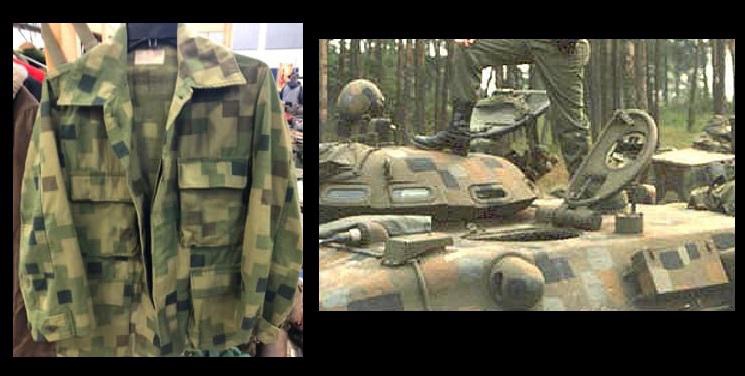this post was submitted on 22 Sep 2023
141 points (96.1% liked)
Mildly Interesting
17392 readers
69 users here now
This is for strictly mildly interesting material. If it's too interesting, it doesn't belong. If it's not interesting, it doesn't belong.
This is obviously an objective criteria, so the mods are always right. Or maybe mildly right? Ahh.. what do we know?
Just post some stuff and don't spam.
founded 1 year ago
MODERATORS
you are viewing a single comment's thread
view the rest of the comments
view the rest of the comments

There is a link in the opening post with some background on Dual Tex.
It was an early attempt at having a pattern methodically designed to have macro and micro patterns, aka “dual textures” to help it work at closer and further ranges.
The squares were (on most iterations, some more primative tests had eyeballed patterns) derived from using a grid to create the pattern, with a grid being useful to help design a pattern with a good spread of colors.
Macro patterning is important to the military since observation and initial engagements usually occur in the multiple hundreds of meters, which is why US Woodland is derived from ERDL that has been greatly enlarged. If a pattern achieves good macro patterning, then micro patterning can help it work at closer ranges. Generally micro patterning is more useful in environments with lots of depth in them like jungles or woods, which is why patterns for those environments tend to be more complex than desert patterns.
Later digital patterns for uniforms that were created with computer assistance, like CADPAT used squares for the same reason of ease of design, and because it is easier to print patterns with distinct shapes rather than gradients. Multicam is an example of a pattern that is newer than CADPAT, which is using gradients.